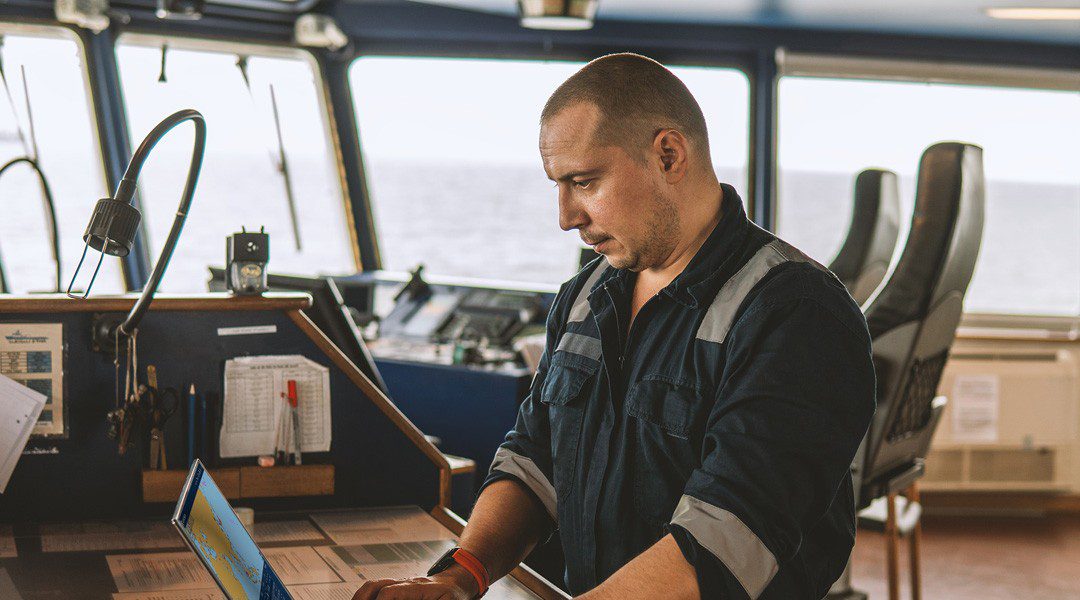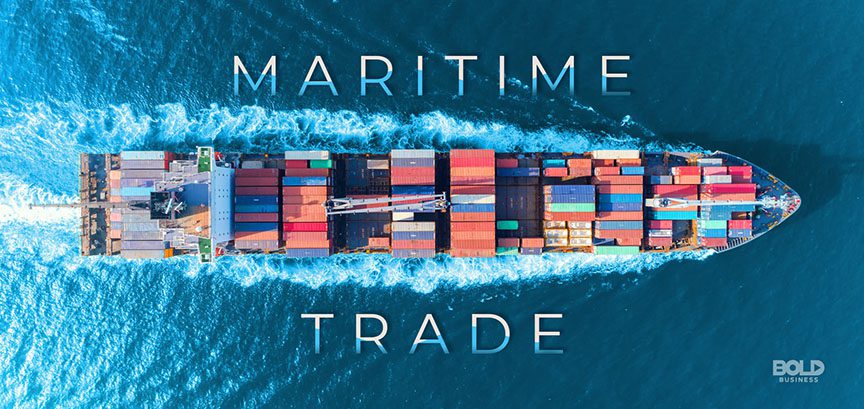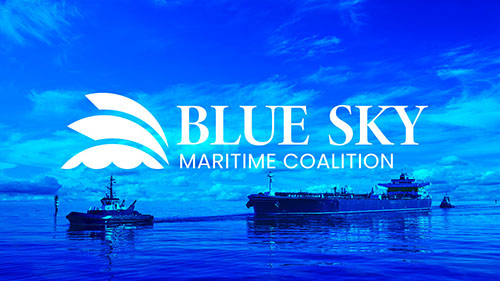Norway-based classification society DNV has released a new guidance – “Managing the risk of blackouts” – which addresses the main causes and associated risks of blackouts. The guidance offers recommendations and best practices on how to avoid them and reduce the likelihood of their occurrence.
DNV noted that in 2019 there were 12 reported power-loss events on cruise ships that resulted in full or partial blackout while in transit or manoeuvring – up from four events in 2018. Although the majority of incidents occurred in open water with minimal consequences, DNV said that they represented a major accident hazard and, in certain situations, resulted in loss of propulsion which might pose an imminent threat to the ship, its passengers and crew.
Hans Eivind Siewers, segment director for passenger ships and RO/RO at DNV Maritime, said that “factors such as new fuels, change of speed and other measures to remain compliant with EEXI and CII regulations are high on ship owners’ agendas. We also see a considerable focus on keeping opex and capex costs in check after two years with reduced revenue. While dealing with all these challenges we urge ship owners not to lose sight of safety. By increasing awareness of what to do to avoid and manage blackouts we want to
contribute positively to building trust across the sector.”
The new guidance centres on a simplified barrier-risk model. A “bow tie” model is used to present the threats and technical/operational barriers that contribute to increasing /decreasing the likelihood of blackout,and the mitigating barriers for supporting recovery.
The paper also describes the mandatory requirements for blackout prevention and recovery that provide a minimum technical standard for newbuildings, including Safe Return to Port (SRtP) regulations under SOLAS and additional measures such as DNV’s Operational Reliability (OR) class notation, which specifically targets resilience and availability of propulsion, steering, electrical power and manoeuvrability.





